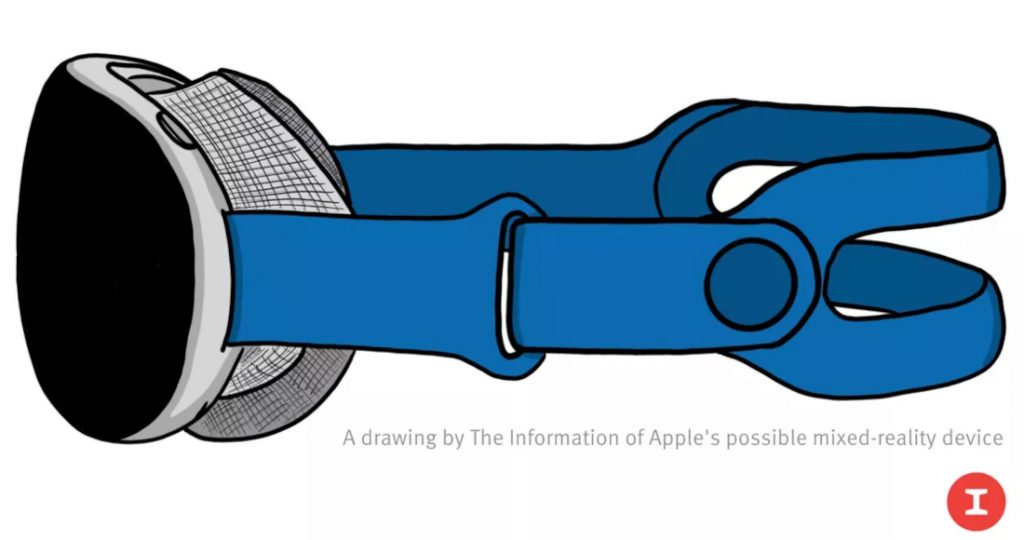
CX leaders today are exploring how to elevate hybrid customer experiences by better balancing human-centeredness and technology.
One of the outcomes of using increasingly automated and intelligent systems in marketing is that many processes are now called “high tech,” meaning more tasks can be executed faster with fewer errors. And while high tech delivers efficiencies and insights for marketers, as well as speed and convenience for customers, some argue that it comes at the cost of “high touch” — a more human-centric approach that puts customer needs, not process efficiencies at the center.
But it doesn’t have to be that way. In a poll conducted at a CMSWire webinar, 54% of the audience said brands can show they care by “presenting tailored information or offers” and 46% said, “help me find what I am looking for.” Indeed, many companies have successfully delivered technology-enabled personalization, tailored recommendations and offers at scale without customers feeling that they have received a subpar experience.
High Touch? High Tech? No, It’s Hybrid!
So the challenge for marketers then is not whether customer experiences need to be high tech or high touch. Instead, CX leaders today are exploring how to elevate hybrid customer experiences by better balancing human-centeredness and technology.
Human-centric CX seeks to make the experience relevant and useful to the customer at each moment of interaction, irrespective of where it is delivered (digital, physical, or metaverse) or how it is delivered (human, machine, or both).
Here are four opportunities to elevate human-centric, hybrid CX design by better balancing high-tech and high-touch:
1. Mindful Automation Is Key
More is not better in a hybrid environment. For example, being on all channels all the time is inefficient and unnecessary. Automating everything or making every process “smarter” with artificial intelligence (AI) is also not necessary. Human-centric CX in a hybrid world is about being where the customer needs you to be and giving them what they expect at that point.
This requires an in-depth understanding of how customers pick their preferred channels, how and when they move across channels, and what they expect from the brand on each channel through their buying journeys. Without that understanding, it is tempting to automate all customer activities to free up time and resources for “more important things.”
Yet, Lindsay Boyajian Hagan, vice president of marketing at organic search platform Conductor, has said not everything can — or should — be automated. Instead, she advised, marketers should create a decision framework to evaluate which customer activities they can and want to “make intelligent” to optimize the customer experience. For example, content generation may not be the optimal use case for automation in every context, though automating an activity such as lead scoring can free up valuable time and resources to focus on higher-touch activities. “With the right balance, you can better meet efficiency and human interaction goals with hybrid customer experiences,” Hagan advised.
John Crosby, chief revenue officer at lead distribution software company PowerChord, goes even further back to basics, asking what problem each process solves and whether we are able to solve it in a clear, simple manner with the chosen solution. The rule of thumb for his team is to ask “if we were speaking with that person face-to-face, what would we say to them?” Whatever the solution or the mode of delivery, the core principle is to offer the right solution for the customer’s need at that moment.
Related Article: Can Low-Code, No-Code Tech Help Marketers With Emotion-Led CX Design?
2. Right-Sizing Data Collection for Relevance
Another high-tech temptation is to gather as much data as possible with the hope of mining it for insights that enable more or better personalization. Multichannel marketing has dramatically increased the potential for data volume, velocity and variety. That makes it more important than ever for human-centric marketing to balance the data gathered with the ability to offer relevance. As Crosby says, when conversations occur in layers — starting broad and becoming more detailed and personalized as they progress with the exchange of more information and data — it feels authentic, and is a better reflection of human-centric interactions.
For example, he says designing CX for conversational marketing should use the principle of “value exchange” between the participants. Instead of jumping to collect as much customer data as possible, offer something of value in exchange for the most relevant data at that stage of the conversation. Asking for too much information too soon can be viewed as intrusive, and never asking for information will result in a stalemate.
3. Handling the Hybrid Handoff
A key point of discontent for customers in hybrid environments is that moment when the interaction needs to transition from an automated process to a more human-to-human one. Hagan reminds us that there will likely always be some expectation for the human touch somewhere in the buying process, to ground the experience or answer specific questions.
For marketers, the challenge is to identify the right handoff point from automation to human intervention and where each is most valuable in the interaction or experience delivery. There are several cues to train systems over time, for instance, when customers are repeating the same questions or if they indicate urgency in resolution. Making sure all the captured information is handed over to the human agent is also key to a smooth transition. Timing the handoff is an evolving area in conversational marketing but one that merits more attention from CX designers.
Related Article: The 6 Must-Have, Must-Change Martech Categories for 2022
4. Hybrid Content for Human-Centric CX
Content is key to helping customers make buying decisions, whether it is text, audio, video, social or any other content format. Human-centric CX leverages content written for customers, not for search engines. Google recently acknowledged this with its helpful content algorithm that rewards content created to help or inform people. But content marketers strapped for time and resources, handling increasingly complex multichannel, multiformat content calendars are tempted by smart content tools. Smart content tools can make a previously all-human endeavor into a hybrid effort that can achieve much better outcomes for both — the marketer and the customer.
Ben Pines, head of content at AI-powered content tech company AI21 Labs, said that losing touch with human needs can happen even with purely manual operations, especially as content ops grow and scale. What is important, he suggested, is the right mindset. Expecting AI to output a complete article based on a few keywords, for example, is a way to “game” the system. A better way is to maintain an efficient content creation workflow but improve, optimize or accelerate it using AI technology. “Attempting to incorporate AI before having a clear idea of how the content workflow operates would be a suboptimal effort,” he warned. Smart content tools complementing human writing skills can go a long way toward humanizing the CX without compromising quality and efficiency.
The Takeaway: Better Meet Customer Needs With Hybrid
Today, customers no doubt want personalized, human-centered marketing but also efficiency, speed of services and convenience. They want a consistent experience across physical and digital touchpoints and, perhaps, don’t really care if the experience is delivered by a human or a machine, as long as it is relevant, meets their needs, solves their problems and is convenient.
Knowing your customer, having a framework in place to better understand their needs in a hybrid world and identifying opportunities to weave in automation and intelligence for more effective and efficient CX delivery are all key to elevating CX in a hybrid environment. It’s not about high tech or high touch but rather a hybrid of human and tech interventions to best meet customer needs.






